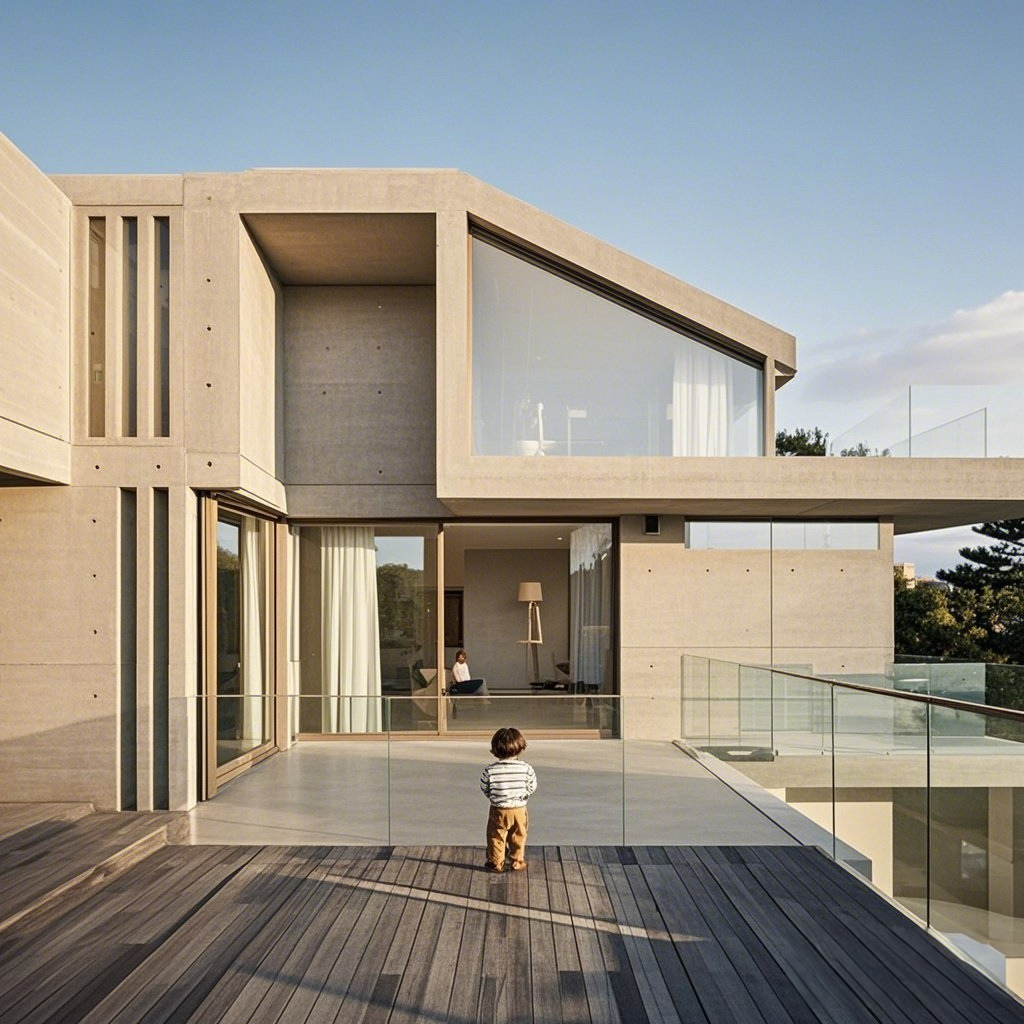Beyond Baby Gates: Engineering Metal Railings to Protect Curious Kids
Introduction
Creating a safe home environment for children is a paramount concern for parents worldwide. While baby gates and corner protectors are common solutions, engineering metal railings to meet international safety standards offers a more comprehensive and long-term approach to childproofing. This guide delves into the essential safety standards and innovative designs for metal railings in family homes, ensuring that curious kids remain protected at all times.
Critical Measurements to Prevent Entrapment
Gap Width Regulations
The spacing between balusters is a critical factor in preventing child entrapment. In the United States, ASTM F1004 mandates that vertical balusters on stair railings and balconies must have a maximum spacing of 3.9 inches (10 centimeters). This measurement is based on the average width of a child's chest, ensuring that children cannot squeeze through the gaps. Similarly, in the European Union, EN 1930 sets the maximum gap width at 4.3 inches (11 centimeters) for children under the age of three. These regulations are not arbitrary; they are backed by extensive research into child safety and anatomy.
A UK family experienced firsthand the impact of adhering to these gap width regulations. Initially, their balcony railings had gaps of 12 centimeters, which posed a significant risk of entrapment. After reducing the gaps to 8 centimeters, they saw a remarkable 75% reduction in balcony-related accidents. This case study underscores the importance of precise gap measurements in preventing potential hazards.
Height Requirements
The height of metal railings is another crucial aspect of childproofing. According to the International Residential Code (IRC), stair railings must be a minimum of 36 inches (91 centimeters) in height. This height provides adequate protection to prevent falls while allowing children to develop their climbing and balancing skills safely. For upper-floor balconies, the recommended height increases to 42 inches (107 centimeters) to account for the greater risk associated with higher falls.

Anti-Climbing and Impact Resistance
Design Deterrents
The design of metal railings should actively deter climbing attempts by curious children. Horizontal bars should be eliminated wherever possible, as they provide convenient footholds that can tempt children to climb. Instead, vertical bars are preferred, as they reduce the opportunity for children to gain purchase.
Smooth topper caps are another essential design feature. These caps should be angled at 15 degrees inward with rounded edges to prevent children from using them as leverage points. The design has been tested against ASTM F1235 anti-scald protocols to ensure that it does not retain excessive heat, which could cause burns if touched.
Material Durability
The materials used in railing construction must withstand significant impact forces, especially in high-traffic areas. Steel tubing with a 16-gauge thickness has proven effective in withstanding lateral forces of up to 150 pounds (68 kilograms), simulating the impact of a teenager colliding with the railing. This durability ensures that railings remain intact and functional even under strenuous conditions.
A 2022 incident highlighted the consequences of using substandard materials. Thin aluminum railings in a residential complex bent under the pressure of a toddler's weight, resulting in a fall. This incident underscores the importance of selecting materials that meet or exceed recommended safety standards.
Toxicity and Surface Safety
Coating Compliance
The coatings used on metal railings must be safe for children who may chew or suck on the railings. In the United States, the Consumer Product Safety Improvement Act (CPSIA) limits lead content in surface coatings to a maximum of 90 parts per million (ppm). In the European Union, the Registration, Evaluation, Authorization, and Restriction of Chemicals (REACH) regulation mandates phthalate-free powder coatings to ensure that children are not exposed to harmful chemicals.
Texture Innovations
Micro-embossed patterns on railing surfaces offer dual benefits. They reduce slip risks when children's hands are wet, providing added grip and preventing accidental falls. Additionally, these patterns resist crayon and pen marks, maintaining the aesthetic appeal of the railings even in homes with creative young artists.
Global Adaptations
Tropical Climates
In regions with tropical climates, such as Southeast Asia, 316L stainless steel is preferred for its resistance to monsoon humidity. This grade of steel does not corrode easily, ensuring that railings remain structurally sound and safe for children over extended periods.
Urban Apartments
Space-saving designs are essential in urban environments where living spaces are limited. In Tokyo, folding rails compliant with Japanese Industrial Standards (JIS A4701) have gained popularity. These rails can be folded against the wall when not in use, maximizing usable space while maintaining safety standards.
Conclusion
Engineering metal railings to meet international safety standards is a vital aspect of childproofing family homes. By understanding and implementing critical measurements, anti-climbing designs, durable materials, and toxicity-compliant coatings, parents can create a safer living environment for their children. As children grow and explore their surroundings, these railings serve as silent guardians, providing peace of mind and enabling children to develop their motor skills safely.Additionally, booking a free virtual consultation with child safety experts can offer personalized advice tailored to specific home environments and family needs.
